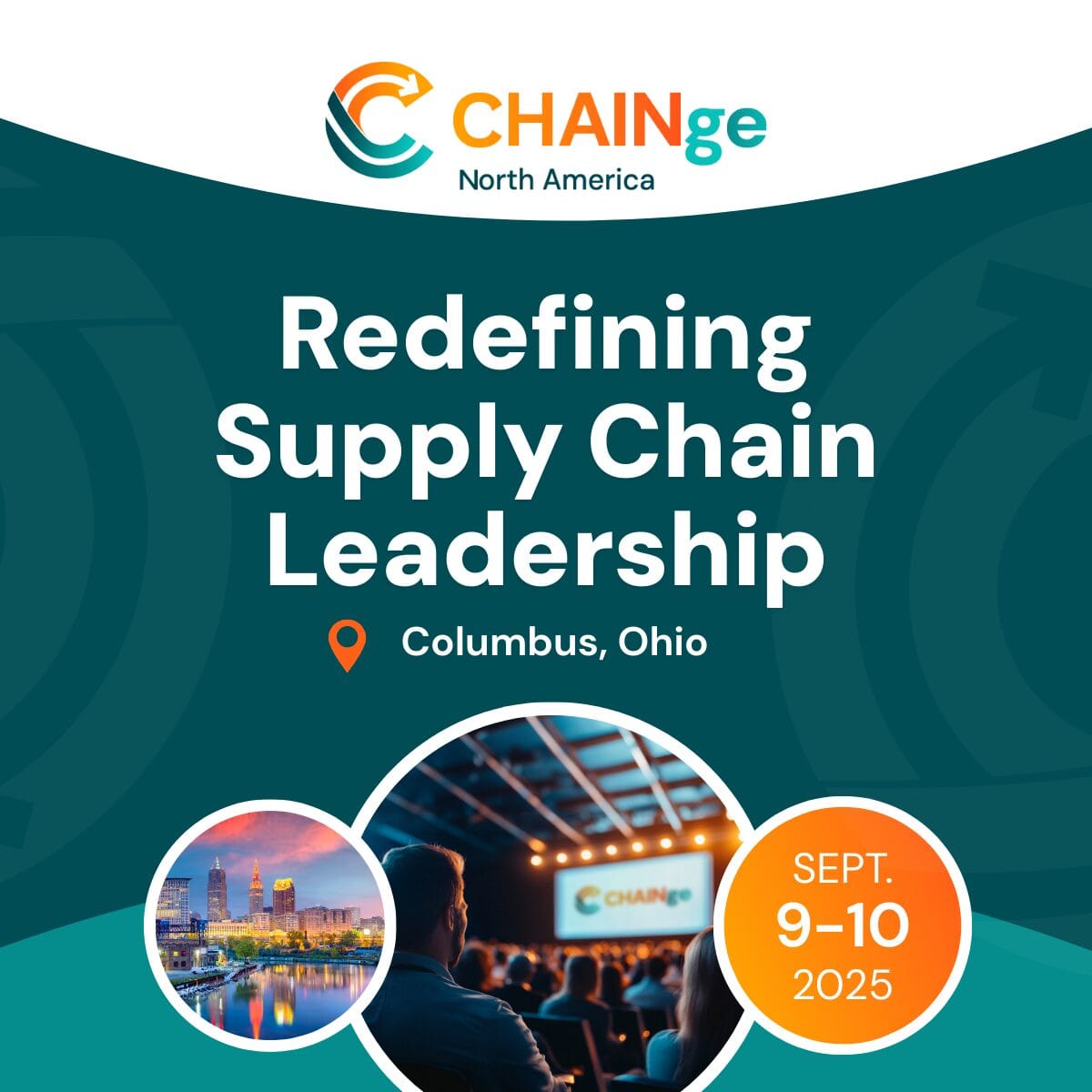Given the volatility in the global trade environment that we have seen in 2025, it’s easy to understand why companies might be tempted to react swiftly to the latest tariffs increase and relocate manufacturing or sourcing operations. But what can feel like a bold and decisive response, whether it is driven by strategic urgency or shareholder pressure, also has the potential to backfire.
I’ve spent years advising organizations about global supply chain transitions and have seen firsthand how the smartest move isn’t always the most dramatic. In fact, sometimes staying put and optimizing what already works can often deliver more strategic value than a costly relocation.
When Supply Chains Move for the Wrong Reasons
The decision to relocate a supply chain is often more reactionary than strategic. When tariffs spike or trade relations sour, a leader’s natural instinct may to act fast and beat competitors to the punch. But relocation is a complex process that requires a nuanced understanding of costs and operational tradeoffs, and it may end up introducing more risk than it removes. In many cases, continuity paired with resilience upgrades proves to be the smarter long-term play.
Understanding Total Landed Cost: Beyond Tariffs
Too often, companies focus on obvious line items, such as tariffs or labor costs, when weighing a relocation. But the true cost of moving production extends much further. A robust total landed cost analysis has to factor in freight and customs duties, inventory carrying costs, ramp-up timelines, and quality risks. Equally important are softer considerations: supplier reliability, infrastructure capacity, logistics responsiveness, and the availability of skilled labor.
To make informed relocation decisions, businesses need to model multiple scenarios, including best case, worst case, and most likely, because real-world supply chains rarely behave in linear ways. In the end, it is not just a matter of swapping factories but reengineering a living ecosystem. Companies that rush relocations often underestimate the process’s complexity and its consequences.
For example, in highly regulated industries, re-qualifying a new supplier can take months and delay market entry. Has the organization factored these potential delays into the plan? Moreover, longstanding partners often hold critical institutional knowledge that’s difficult (and sometimes impossible) to replicate elsewhere. Can that knowledge be transferred to the new partner, and if so, what will it require in terms of manpower and time?
The operational toll of relocation is also often overlooked. It demands time and attention from procurement, engineering, quality, and executive teams. If an organization is already running lean, these strains can expose vulnerabilities and ultimately make the move costlier than the tariff or disruption it aimed to avoid.
Short-Term Incentives vs. Long-Term Resilience
Another factor to consider is the value of the economic or political incentives being offered to incentivize relocation. Though they can be tempting, especially when margins are tight, supply chains are long games. The right question to ask isn’t, “How do we avoid this cost today?” but rather, “Will this decision still make sense two or three years from now?”
The most resilient supply chains are those built to sustain volatility. Sometimes that means paying more for stability. Other times, it means diversifying sourcing rather than relocating. The key is to align decisions with long-term strategic goals, not just short-term shocks.
Before entering a new country, organizations should also assess infrastructure, talent, and regulatory stability. Can the local labor pool handle your product’s complexity? Are ports, roads, and utilities reliable? Is the regulatory framework stable or prone to sudden change?
Beyond desk research, firsthand intelligence is invaluable. Talking to companies already operating in a target region can reveal practical challenges, uncover bottlenecks, flag potential compliance issues, or identify labor shortages that are not easily visible in macroeconomic data.
When it is Time to Move
Not every relocation is a mistake. Sometimes, the conditions demand it. Persistent quality issues, compliance failures, or growing geopolitical risk can erode an organization’s ability to operate reliably. In these cases, it’s no longer about cost, but structural risk. Still, relocation doesn’t have to mean a full-scale exit. It can mean dual-sourcing or relocating just one tier of your supply chain. The right move is often a measured one.
Shifting manufacturing or sourcing between countries takes time—anywhere from 12 to 36 months, depending on complexity and regulatory constraints. High-spec manufacturing, in particular, involves detailed planning, tooling transfers, and quality certification that can’t be rushed without consequences.
Fortunately, technology is closing some of these gaps. AI and predictive analytics can help simulate supply chain disruptions and model location-specific risks. Digital twins and supplier risk platforms offer new ways to test assumptions before making irreversible moves. These tools didn’t exist at scale five years ago, but they’re now essential for decision-makers.
By 2030, supply chains will be even more complex. The forces shaping them, including national security, ESG compliance, climate change, and data sovereignty, are only growing in influence. Regulatory environments will tighten, and consumers will demand more transparency and agility. The companies that thrive will be those that invest in visibility, build flexibility into their sourcing models, and foster partnerships that can adapt to change.
In an era of accelerating disruption, relocation can be a strategic tool, but it should never be the product of a reflex reaction. Gauging risk, understanding costs and assessing the trade-offs involved in moving operations all take time, though technology can play a role in accelerating decision-making. Sometimes, the best course of action is to stay put and improve. Doubling down on what works, while layering in resilience and adaptability, can be just as strategic as starting over somewhere new.
Author Bio
Louis Carval is a Principal at Efficio and has dedicated his career to working with companies to improve their supply chains and procurement processes. He enjoys solving practical problems—whether it’s refining how companies source, manage inventory, or optimize cash flow. Louis’s goal is simple: to deliver lasting results through a straightforward, collaborative approach.
Header image by Clayton Cardinalli on Unsplash







